In the dynamic world of distilleries, mergers and acquisitions (M&A) present a unique opportunity for organizations to unlock new growth potential. The stakes are high, however. Without a well-planned IT strategy, you risk encountering roadblocks that could jeopardize the deal. Aligning your distillery IT strategy with the potential buyer's expectations might feel overwhelming. But don't worry! Your IT strategy can be a powerful asset to help you navigate the M&A process successfully and ensure smooth integration.
Incorporating distillery management software into your IT strategy drives innovation and fuels growth in the ever-evolving distillery business landscape. During a merger or acquisition, negotiators have a unique window of opportunity that allows them to strategically invest in and implement distillery management software to give the company a competitive edge. M&A opportunities provide the perfect time for an organization to “get it together” to make its business more attractive to buyers.
Samson & Surrey Prepare for Acquisition
In the competitive landscape of the craft spirits industry, Samson & Surrey, a premium craft spirits producer, embarked on a mission to unite its diverse portfolio of brands under one distillery management platform. With six unique labels, including Widow Jane Distilleries, Philadelphia Distilling, Tequila Ocho, FEW Spirits, Mezcal Vago, and Brenne Whisky, the company faced the challenge of managing multiple QuickBooks files, barrel management programs and distilling systems.
With six distinct brands, each with its own set of financials and inventory tracking systems, the company struggled to generate consolidated reports and needed a cohesive way to track aging and finished products. The absence of cost visibility and inefficient processes made it difficult for the company to scale and position itself favorably for an acquisition.
Samson & Surrey had some work to do on their distillery IT strategy. Working with Doozy Solutions, the company implemented Crafted ERP for distilleries and brought their financials together to save time, generate accurate reports and prepare for an acquisition. John Valdes, vice president for planning and operations at Samson & Surrey, said, “Without Crafted, we would not be in the place we are today from a sales growth perspective because we would not have been able to manage all the various brands.”
It all starts with due diligence and aligning the IT strategy with business objectives.

Set the Foundation: Getting Your Books in Order
Before engaging in M&A discussions, conducting a comprehensive IT audit and rigorous acquisition due diligence is critical. In the case of Samson & Surrey, this included pulling historical financial information for each brand, coordinating detailed inventory counts, among many other assets, and gathering accurate, consolidated financial and inventory statements that sometimes date back years.
Fundamentally, your audit should include the following:
- Ensuring Data Integrity:
Clean and accurate data is essential during the M&A process. Invest in data governance practices to maintain data integrity, enhance data quality and establish data ownership.
- Streamlining Applications: Evaluate your application portfolio and rationalize it to eliminate redundancy and optimize efficiency. Prioritize critical applications that align with your business goals and focus on seamless integration into the acquiring company's environment.
- Cybersecurity Readiness: Strengthen your cybersecurity measures to protect sensitive information during and after the acquisition. Conduct a thorough assessment of your security posture, identify vulnerabilities and implement robust security protocols to instill confidence in potential acquirers.
Align IT with Business Objectives
When IT aligns with overall business objectives, it enhances the company’s strategic positioning. Modernizing operations and software improves scalability, flexibility and accountability.
Here's how to effectively align IT with business objectives:
- Collaborate closely with your leadership and key stakeholders to understand their vision and identify how IT can support their goals. Demonstrate the potential for IT to drive revenue growth, improve operational efficiency and enhance customer experiences.
- Build an IT infrastructure that can quickly adapt to the acquiring company's environment. Emphasize the scalability and flexibility of your systems to accommodate growth and ensure a smooth integration process.
- Highlight successful initiatives that have modernized operations, improved customer engagement or increased market share.
Onboarding comprehensive distillery management software allowed Samson & Surrey brands to get a holistic view of their businesses in one platform.
“Crafted is certainly helping Samson & Surrey and, in particular, Widow Jane meet our objectives,” said Lisa Wicker, former master distiller and president of Widow Jane. “It keeps us on task. It keeps us accountable. Everything from inventory to barrel movement to production to distillation to rebarreling – it’s all there, it’s all there together, it’s all one-stop shopping.”
How to Get Your Distillery IT Strategy Ready for M&A
By getting your books in order, aligning IT with business objectives and effectively managing change and integration, you can reduce anxiety and increase the chances of a successful acquisition. “Crafted specifically allowed us to get IPO and/or acquisition-ready in the sense that it allowed us to get all of our information into one complete solution, and that solution was intentional,” said Valdes. “Anyone who came in to acquire us or an IPO could come in and realize that we have the right controls in place to be a successful organization.”
Here are five practical steps to transform your IT strategy into an asset:
- Get Your IT Infrastructure in Shape: Assess your current IT infrastructure, identify gaps and invest in modernization efforts where needed. Ensure compatibility and scalability, demonstrating that your systems can seamlessly integrate into the acquiring company's environment.
- Master Data Governance: Implement robust data governance practices to maintain data integrity, consistency and ownership. Show potential acquirers that you have a well-defined framework, ensuring data accuracy and trustworthiness.
- Strengthen Cybersecurity Measures: Prioritize cybersecurity readiness by conducting thorough security assessments, addressing vulnerabilities and fortifying defenses. Show potential acquirers that you take data protection seriously and have measures to mitigate risks effectively.
- Align IT with Business Objectives: Position IT as a value-added enabler rather than just a cost center. This alignment reinforces the importance of technology in driving revenue growth, enhancing operational efficiency and delivering exceptional customer experiences. Highlight successful digital transformation initiatives that have yielded tangible results.
- Enable Change Management and Integration:
Create a proactive change management plan to address potential concerns and ensure a smooth integration process. Communicate openly and transparently with employees, addressing their worries and emphasizing the potential benefits of the acquisition. Develop an IT integration roadmap in collaboration with the acquiring company's IT team, setting clear milestones and allocating resources effectively.
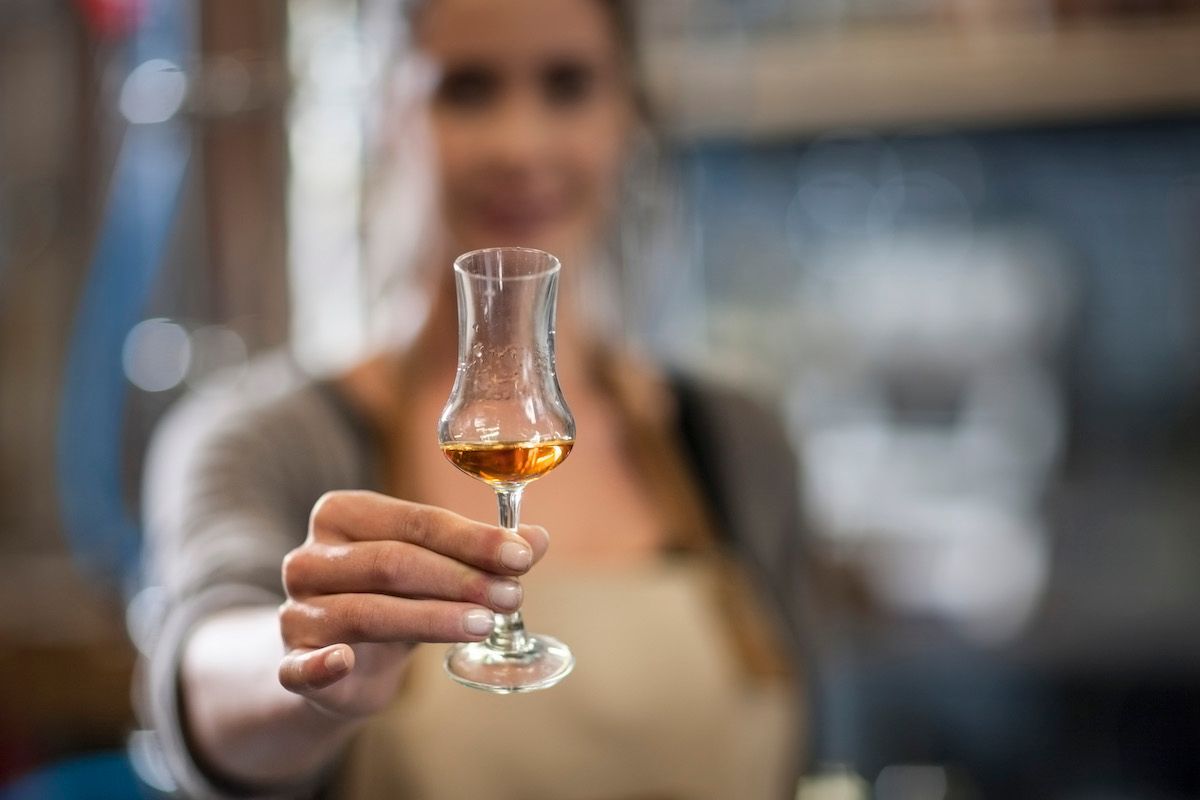
Toasting to a Successful Integration:
Cheers to IT Strategy's Role in Distillery Mergers and Acquisitions!
Embrace the opportunity to transform your distillery IT strategy and unlock new opportunities for growth and success. Recognizing and proactively addressing potential challenges can minimize anxiety and make your business attractive to potential acquirers. It’s a chance to optimize your IT infrastructure, fortify data governance, strengthen cybersecurity measures and align IT with business objectives. With careful planning and execution, you can ensure a smooth and fruitful transition, positioning your business for growth and success in the competitive landscape.
Partnering with experienced enterprise software like Crafted ERP can help you meet your acquisition goal. Our team offers a wealth of craft beverage industry experience, integrating your business into one unified system and customizing a necessary to fit your specific requirements.
Start transforming your IT strategy today and unlock the full potential of your distillery. To speak with a Crafted ERP expert,
fill out our contact form today.




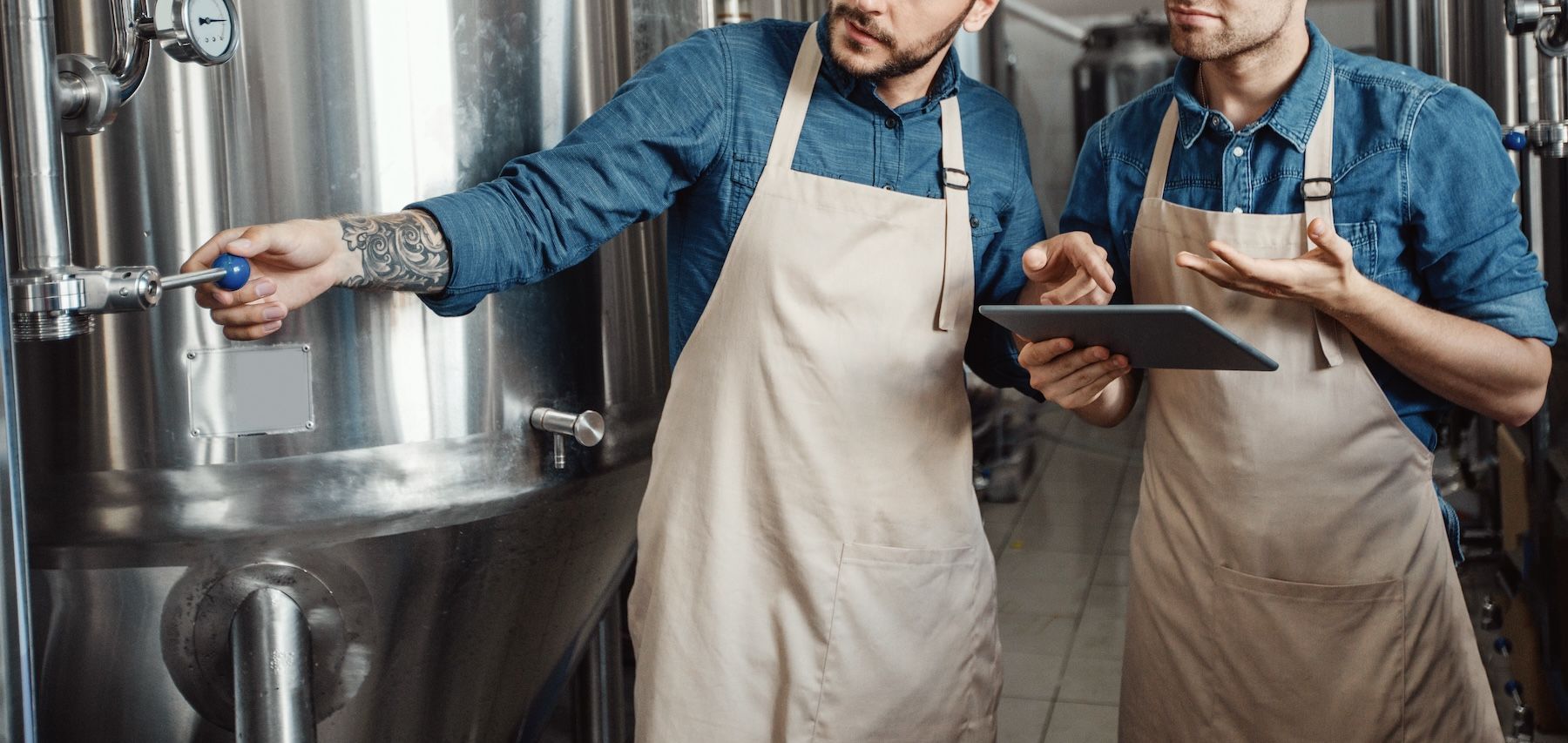



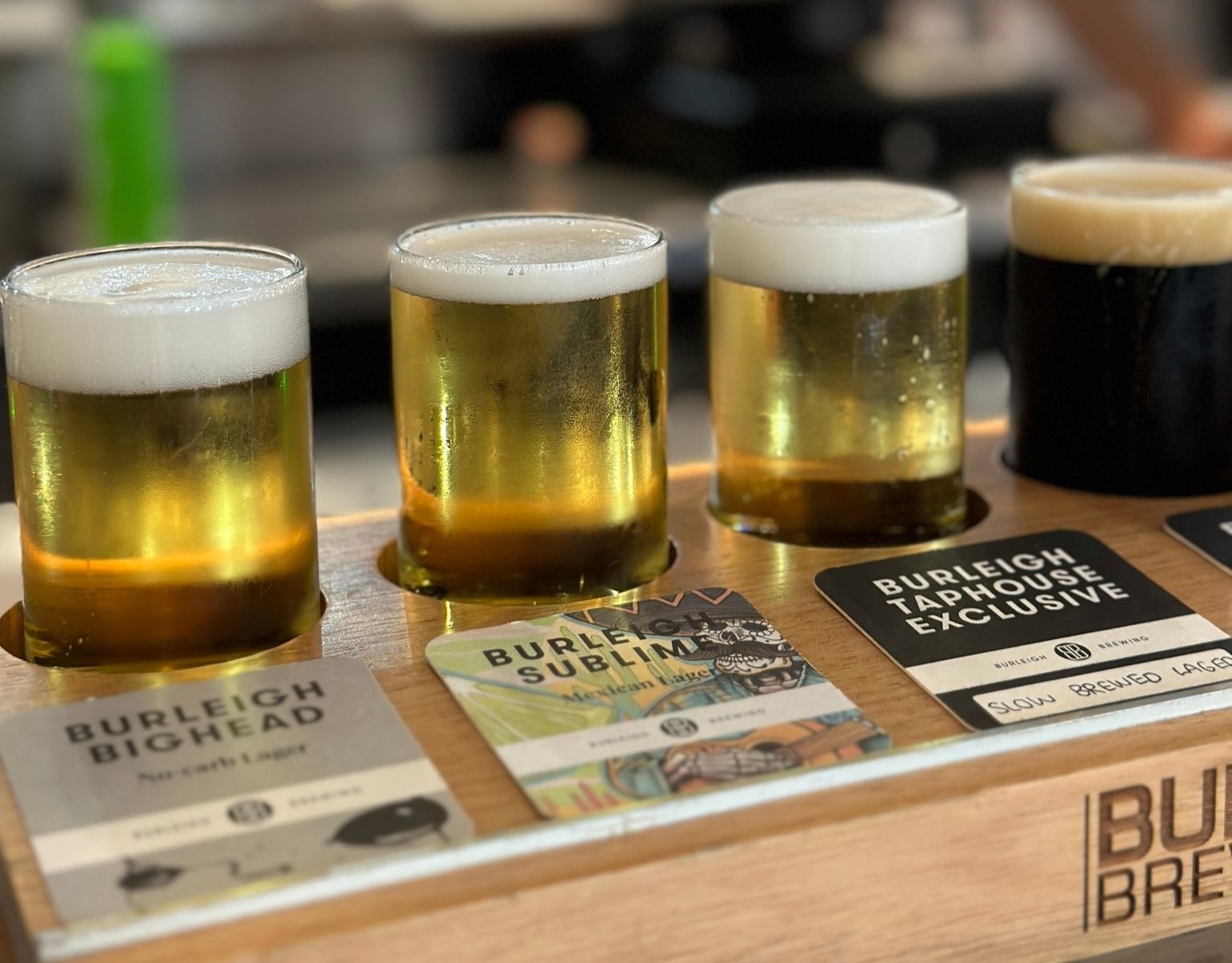
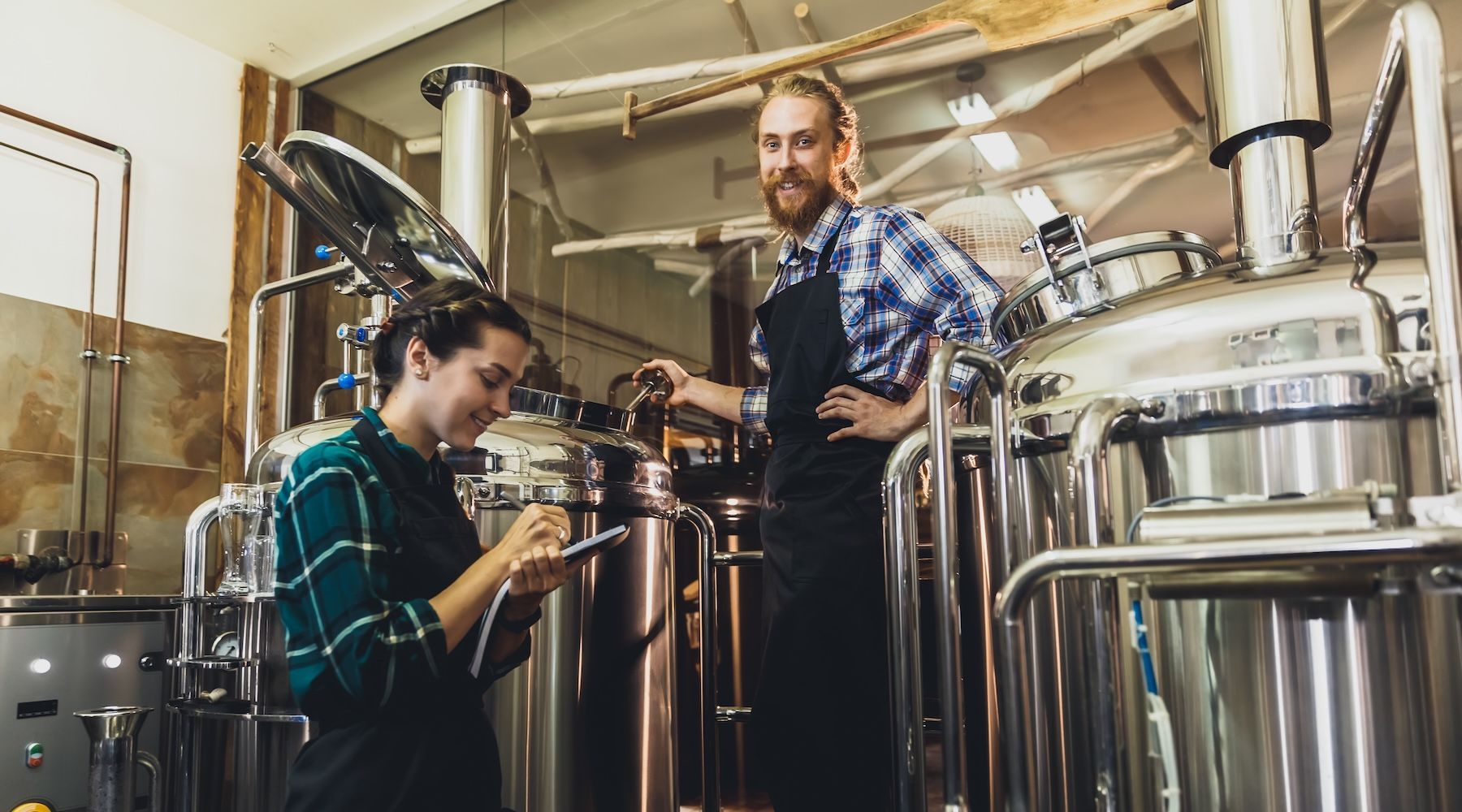
GET IN TOUCH
1512 Larimer Street, Suite #150
Denver, CO 80202
United States
(720) 699-0200
66 Goulburn Street
Sydney, NSW, 2000
Australia
+61 2 9044 1330

